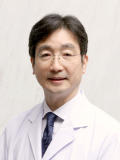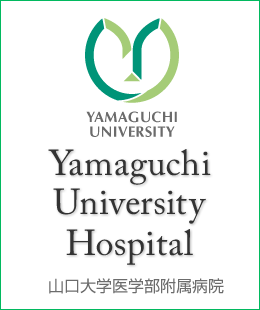 |
Director Hideyuki Ishihara |
Based on the latest evidence and knowledge, right diagnosis and tailored treatment for the patients is offered. We have subspecialists to satisfy any requirement for neurosurgical disorders.
Cerebrovascular Disease
To treat the subarachnoid hemorrhage and cerebral aneurysm optimally, aneurismal clipping via craniotomy or intravascular embolization is chosen. The thrombolysis and endovascular recanalization therapy for acute stage of the cerebral embolism is always prepared. Medical treatment and preventive care to stroke are also our assignments. For instance, to prevent the cerebral infarction to the patient with cerebral ischemic state, the surgical treatment (bypass surgery, carotid endoarterectomy) or intravascular treatment (percutaneous transluminal angioplasty) is done.
Brain tumor
Nerve fiber tracking technique as well as the detection of tumor localization is now available in the preoperative MRI. The navigation computer together with intraoperative neurofunctional monitoring is also helpful to remove the tumor as much as possible without complication. Radiation therapy and chemotherapy are done depending on the tumor histology, and for the stereotactic radiotherapy we have cooperated with Konan Saint Hill hospital. Endonasal surgery that is much comfortable postoperatively for the patient with pituitary tumor is now substituted for sublabial surgery.
Neurotrauma
According to the guideline of the Japan Neurotrauma Society, strict management is done 24-hours a day. The patient with the severe neurotrauma is treated with the induced hypothermia to reduce brain swelling and protect the brain. The number of survived and functionally recovered patients has increased.
Functional Neurosurgery
Medically insufficient Parkinson's disease and epilepsy are candidates of the function neurosurgery. The electric stimulation to the basal ganglia is effective to the involuntary movements such as dyskinesia and tremor. The focal epilepsy is treated with epileptic focus excision that is identified by bedside video recording simultaneous with electroencephalogram. Neurogenic intractable pains and facial spasm may be also treated with surgery.
Pediatric Neurosurgery
The endoscopic surgery or the ventriculoperitoneal shunt surgery is selected for the treatment of hydrocephalus. Repair and untethering surgeries are done for management of spina bifida. Intrathecal administration therapy or selective posterior rhizotomy is selected for spasticity due to cerebral palsy. Neurosurgeons major in brain tumors, cerebrovascular diseases, neurotraumas, functional diseases, spinal diseases join the treatments for children.
Spine and spinal cord surgery
All sickness that happen to the brain occur in the spinal cord because the spinal cord is the same central nerve as the brain. It aims at better treatment of the spinal cord disorder while cooperating with the specialist of cerebrovascular disease, brain tumor, neurotrauma, functional neurosurgery or pediatric neurosurgery.To have to keep spinal “Move” ability, the operation that avoids the damage of the muscle as much as possible based on keeping the spinal process and the formation of the vertebral arch is borne in mind.

